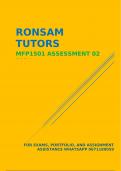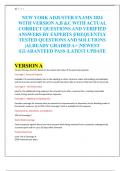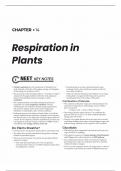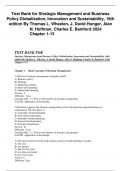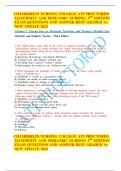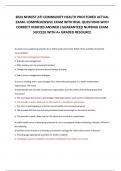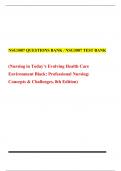Examen
MFP1501 ASSIGNMENT 02 ANSWERS DUE 18 JUNE 2024. This document contains well answered and unique answers that will help you score a very good mark, contact 0/6/7/1/1/8/9/0/5/9 for assignment and exam assistance.
- Grado
- Institución
MFP1501 ASSIGNMENT 02 ANSWERS DUE 18 JUNE 2024 Question 1 Jacob and Willis (2003) outline hierarchical phases through which multiplicative thinking develops, which include one-to-one counting, additive composition, many-to-one counting, and multiplicative relations. Discuss each phase to show h...
[Mostrar más]
